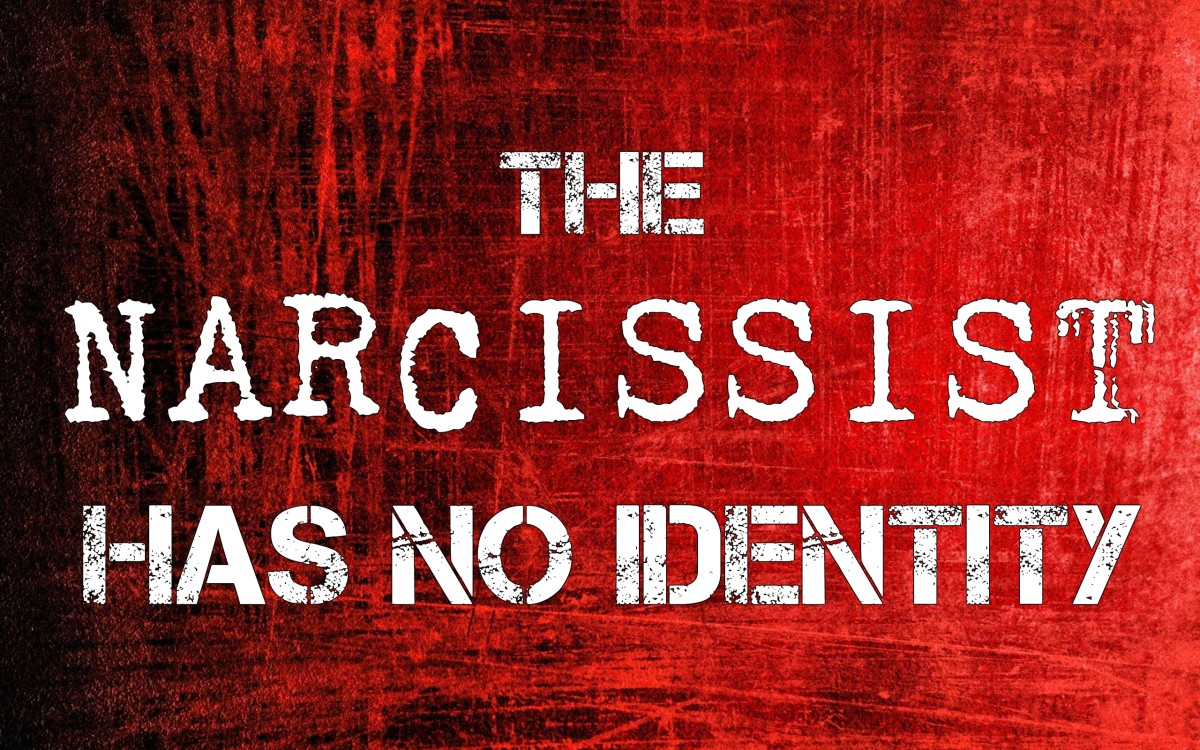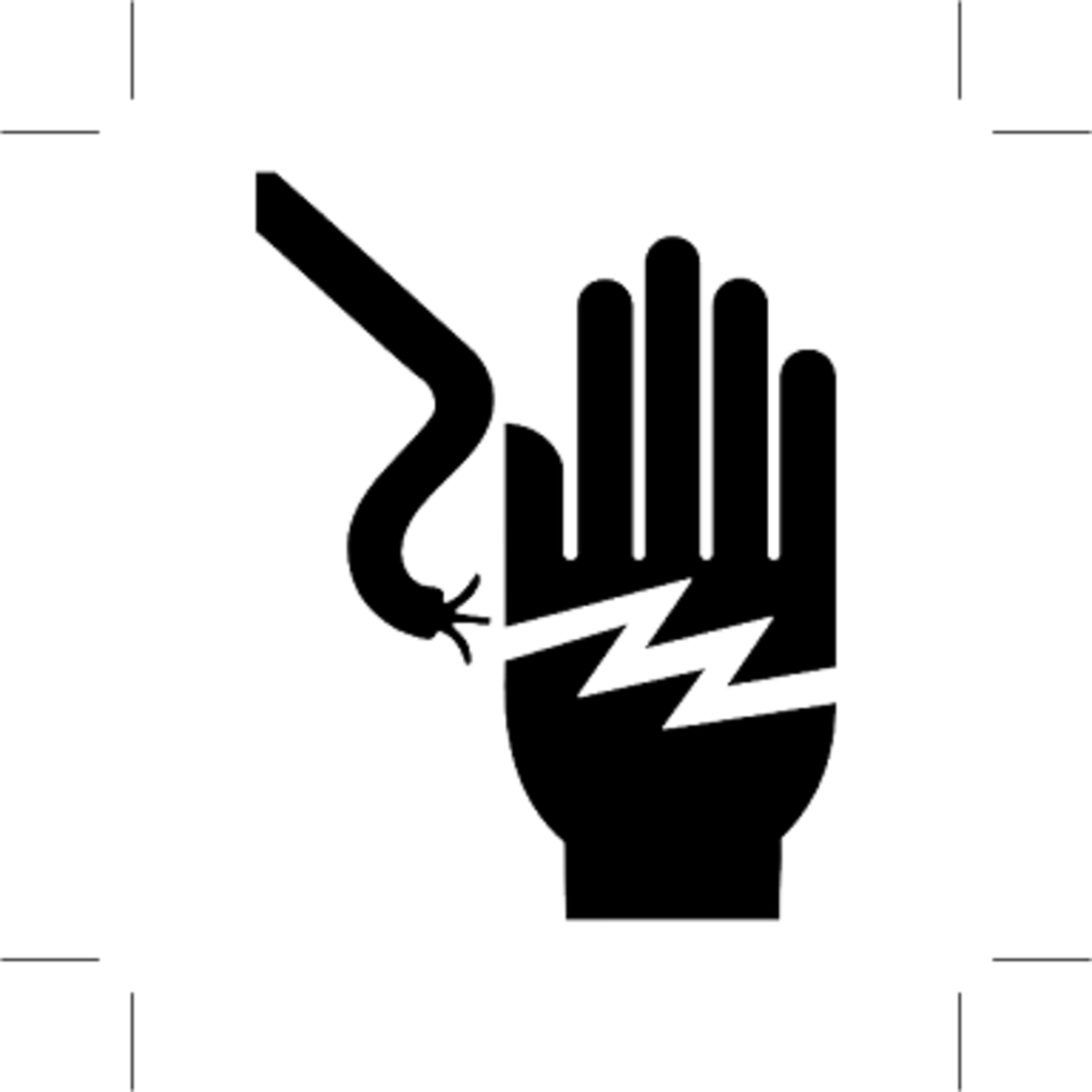Stages of Change Model:How to Use Effectively
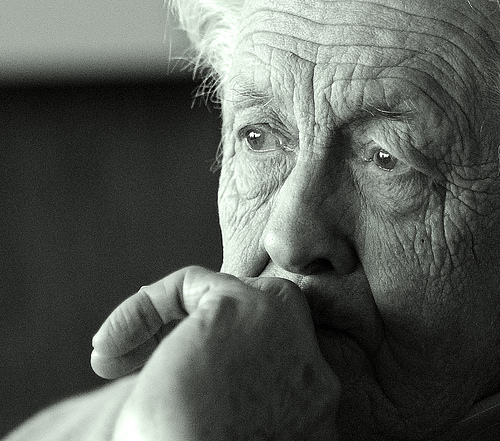
Stages of Change Model
There are many theories in the universe about how to change a behavior whether it be quitting smoking, lose weight, or spending more time with family, there are so called experts that believe the secret answer lies within their book and seminars. I’m here to tell you that change is actually quite simple but can take years to implement properly. Research shows the average smoker spends approximately 7 years just thinking about quitting smoking. Of course this can be longer or shorter depending upon how motivated the individual is to change.
If you’ve studied anything about change in human beings, you’ve come across the Stages of Change Model. I’m not going to spend very much time explaining the actual model because there are plenty of articles on the internet describing what this model is and less information on how to apply it in our own lives. Anyone can learn this model coupled with some basic Motivational Interviewing techniques to help move others towards change. Often times we can even identify which stage of change we are in ourselves when trying to change a specific behavior.
Pre-Contemplation
Let's use an example to illustrate how this system works. Our person’s name is Mike and Mike wants to stop smoking. He’s been smoking for 10 years and smokes about a pack per day which i has become very expensive since he currently is working full time to support his wife and two kids. Mike has not really given too much thought about quitting this habit until recently when his wife took a look at their finances and realized how much he was spending every week on cigarettes. Mike never paid much attention to the cost but complained to friends as price of packs had risen over the past several years. Over time Mike has started to think about alternatives to smoking.
Contemplation and Preparation
Mike in this example, has contemplated quitting. He is getting more information from the internet and speaking with his doctor about medication he can take that will help with the process. He has not yet taken action but is at least open to hearing about other options and ways he can quit if he decides to make that choice. Mike will probably remain in this phase for several years before taking action with several failed attempts to quit.
Preparation is a continuation of the contemplation stage. Mike has decided smoking is no longer feasible financially and is causing health issues. He has narrowed his options down to either taking medication to help with cravings or he will stop cold turkey. He will put a plan in place and has informed several people about his intention to quit.
Action

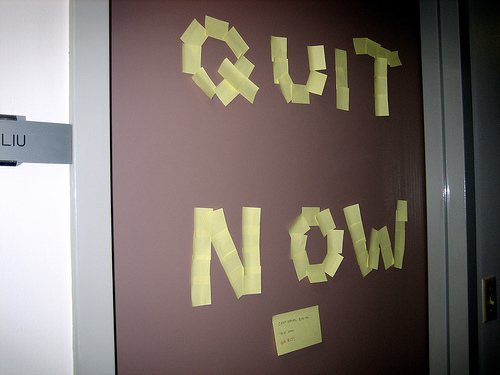
Action and Maintenance Stages
Mike has finally taken action and successfully quit smoking. He hasn’t smoked now in 6 months and uses a combination of medicine with e-cigarettes. He’s taking one day at a time and is feeling better about his health and finances. This stage can typically cause stress because the new behavior is uncomfortable and may be difficult to maintain at first.
Mike has not had a real cigarette in 2 years. He had a few instances of relapse when he went out to the bar with some buddies and had one. He vowed it would never happen again because he disliked the taste now and he felt extremely guilty. Mike is no longer using any medication and his electronic cigarette usage is minimal. He would be considered in the maintenance stage as long has he maintains his smoking free lifestyle.
My Last Cigarette

How to Use Effectively
This model has been used across a wide variety of settings and uses to help people change a behavior they no longer want to engage in or experience. This model is also great to gauge what stage other people are in when making changes to specific behavior. I use this model almost daily in my current job to determine progress being made by clients in counseling.
Next time you are looking to change a habit or behavior make sure to use the Stages of Change to find out where you are to the process. For instance, I am in the maintenance stage after I picked running back up back last year. I had been thinking about getting back into running after a year hiatus and finally decided to just do it. I woke up early every morning and went running for 30 minutes. It was a great start to my day. However, as the weeks went on it became more difficult to get up early to run and so I switched to running in the evenings and had to set new goals for myself. I currently run every other day and do so generally in the evenings. I would like to switch back to running in the mornings but I just haven’t found enough motivation to do so. To summarize, I thought about running in the contemplation stage, I set a plan in place how I was going to start off and what goals I wanted to reach in the preparation stage, I started a routine in the action stage and now I've been running consistently over a long period of time in the maintenance stage. Relapse to the previous unwanted behavior generally occurs in the action and maintenance stage but if you're consistent with the new behavior, it’s easier to get back on the horse and keep moving forward.
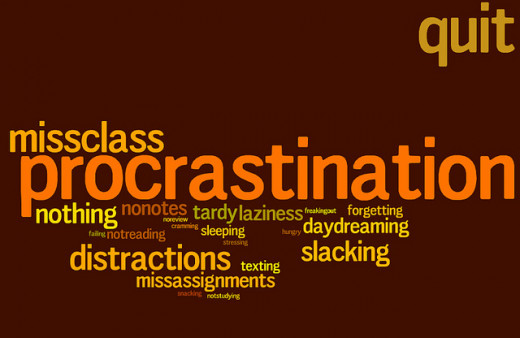
Conclusion
The stages of change model has also worked well in the counseling and healthcare fields. A client of mine has stated he wants to quit using cocaine because it’s starting to cause problems with the law, his family and even his health. I helped him strategize how he could start and he decided to try it by stopping cold turkey or without any outside help. I congratulated him on his strategy and also expressed some concerns people have experienced by quitting without support. He was insistent on using his method and so we began. He went for about 1 month without using, that I was aware of, before he slipped up. He came to me in the contemplation stage because he knew he wanted to do something about his habit. Preparation involved discussing a plan which was going cold turkey and the action stage was his actual quitting. He didn’t stay in the action stage very long and didn’t make it to the maintenance stage until several years later when he finally realized it would take support and professional help to successfully quit. Keep in mind there is no definitive time frame to determine which stage a person is in when making a change. It’s based on what the person believes or your best judgment. I generally say if the behavior has been changed for a year or longer, that person is probably in the maintenance stage. My client eventually made it to the maintenance stage and to my knowledge remains there today.
This model is a great tool for therapists, counselors, families, and individuals to use when looking into changing a behavior. One thing I must caution you about is never judge someone’s view of what stage they are in. If they tell you they’re in maintenance and you think they’re still in action, then they’re in maintenance. Your goal is to support and encourage. Enjoy the process and always keep moving forward!



